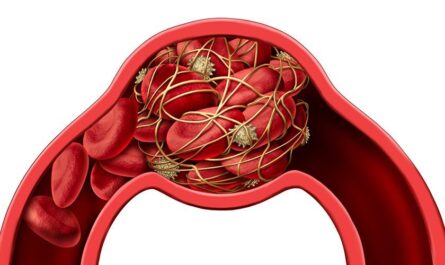Researchers at the Indian Institute of Science (IISc) have made a significant breakthrough in the field of enzyme mimetics. The scientists at the Materials Research Center (MRC) have developed a novel type of enzyme mimetic that can efficiently degrade toxic chemicals found in industrial wastewater under sunlight. Enzymes, which are proteins that drive most biological reactions in living organisms, have limitations that hinder their practical use. These limitations include sensitivity to breakdown, complex production procedures, high costs, and difficulties in recycling.
The conventional method of producing enzymes is an expensive and time-consuming process. For example, laccase, a natural enzyme commonly used for degrading phenols in industries, is extracted from a fungus called white rot. However, the production of this enzyme depends on the availability of the fungus, making it challenging to produce in large quantities. Another drawback is the storage requirements of natural enzymes, as they are temperature-sensitive and require storage at extremely low temperatures.
To overcome these challenges, the team at IISc synthesized a platinum-containing nanozyme mimetic called NanoPtA. This nanozyme imitates the function of oxidases, which are natural enzymes that remove hydrogen from substrates in the presence of oxygen to generate water. NanoPtA exhibits specificity in breaking down specific substrates and is highly robust, capable of withstanding a range of pH and temperature changes.
When the NanoPtA comes into contact with wastewater, the molecules form tape-like structures through non-covalent interactions. These structures emit light, which is the key to their oxidizing capacity. In the presence of sunlight, the nanozyme can oxidize and degrade pollutants present in wastewater, reducing its toxicity.
The researchers conducted tests on common effluents, such as phenols and dyes, and found that NanoPtA could degrade even small quantities of these pollutants within ten minutes when exposed to sunlight. Furthermore, the complex was found to be stable for up to 75 days at room temperature, eliminating the need for storage at extremely low temperatures. In fact, the researchers observed that NanoPtA remained stable for over six months at room temperature.
In addition to its potential application in wastewater treatment, the nanozyme could also have implications in healthcare. The researchers tested its ability to oxidize neurotransmitters, such as dopamine and adrenaline, which are associated with neurological and neurodegenerative diseases. The nanozyme exhibited the ability to measure the concentration of these neurotransmitters through color changes in solution, indicating its potential as a diagnostic tool for diseases like Parkinson’s, Alzheimer’s, and cardiac arrest.
Moving forward, the researchers are planning to patent the nanozyme, as they believe it can be readily manufactured on an industrial scale. They are also exploring less expensive metal alternatives to platinum in the nanozyme complex. This breakthrough holds significant promise in addressing the challenges associated with enzyme-based treatments and opens up new possibilities for efficient and cost-effective wastewater treatment and healthcare applications.




